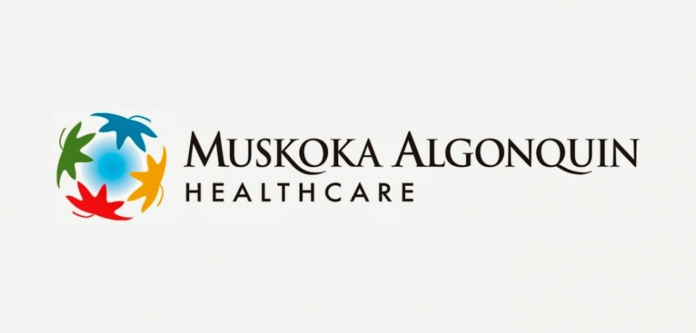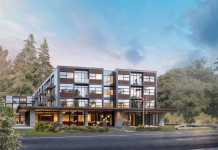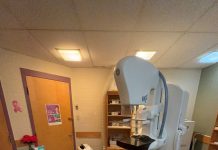Muskoka, Ontario, May 3, 2024 – MAHC is aware that the community has been encouraged to participate in a gathering this coming Saturday in support of a health care model proposed by some South Muskoka physicians earlier this year. Some communications related to the gathering contain misinformation.
While MAHC values the community’s engagement and the perspectives of those supporting the model proposed by some physicians, it is essential to note that this model would not lead to better quality of care and would be significantly more expensive. Additionally, the model proposes duplication in patient services, an inappropriate distribution of services across both sites, and does not consider ancillary services essential to the functioning of all hospitals. Furthermore, it does not support specialized units or a Level 3 Intensive Care Unit (ICU), crucial for managing complex and critical care cases locally.
As was communicated in early April to the physicians responsible for this proposed model, it will not be submitted to the Ministry of Health for consideration. MAHC plans to meet again with the Credentialed Staff Associated (CSA) next Wednesday, May 8, to continue ongoing dialogue related to the revised health system plan.
Adherence to Redevelopment Standards
MAHC’s redevelopment plans adhere to fixed parameters common to all hospital projects, ensuring alignment with both regional and provincial healthcare priorities. These parameters include:
- Spatial Standards: Ensuring that key parameters such as bed counts and space allocation from previous planning stages meet current space standards for room sizing, accessibility, and infection prevention and control.
- Financial Compliance: Aligning with the approved project budget and local share requirements.
- Regional Coordination: Ensuring that our plans align with regional healthcare systems and initiatives, including the potential siting of specialized units such as stroke, renal, cancer, critical care, and mental health programs.
- Temporal Framework: Following a prescribed capital planning process, with projections set for specific timeframes to ensure that the project progresses on schedule.
Data-Driven and Community-Informed Healthcare Solutions
MAHC’s revised proposal, adapted following extensive community and physician engagement, utilizes robust data from sources such as:
- Ontario Ministry of Finance Data (drawn from Statistics Canada)
- Discharge Abstract Database
- National Ambulatory Care Reporting System
- Continuing Care Reporting System
- Management Information System (MIS) Trial Balance
- Ontario Ministry of Health Population Projections
These sources support a sustainable and efficient healthcare model, ensuring the proposed plan is financially viable and meets the evolving healthcare needs of the Muskoka region.
Key Features of MAHC’s Proposed Plan Include:
- Modernization and Expansion: Significant expansions include both hospitals increasing in size by approximately 80%, allowing for enhanced emergency departments and specialized clinics.
- Enhanced Care Capabilities: The introduction of a Level 3 ICU and allows for the facilitation of critical care and helps to significantly reduce out-of-region transfers.
- Innovative Care Models: Development of Centers of Excellence, including an integrated stroke unit at the Huntsville site that features reactivation units with rehab facilities. This specialization enables the right mix of care providers, enhancing patient outcomes and reducing the need for transfers.
- Cohorting of Long-Stay Patients: Longer stay patients, like those needing Alternate Level of Care (ALC), are cohorted at the Huntsville site, optimizing resource use and care quality without duplicating services.
Community and Physician Engagement Leads to Significant Plan Enhancements
Through extensive community consultation, MAHC has made significant modifications to its plan, including maintaining obstetric services at both sites and adjusting bed numbers to better meet local needs—36 inpatient beds at Bracebridge and 121 at Huntsville. These changes significantly reduce the need for patient transfers and ensure both sites operate as full-service hospitals.
“Our revised plan not only meets today’s healthcare standards but is also designed to anticipate and adapt to future challenges,” said Cheryl Harrison, CEO of MAHC. “We have listened to our community, making crucial adjustments that allow for both enhanced services and efficient operations across our sites.”
MAHC emphasizes that over 90% of patients who enter the emergency department are not admitted to the hospital, further underscoring the adequacy of the proposed bed numbers for current and foreseeable needs. The plan also supports sufficient workloads for all physicians, and enhances recruitment and retention by offering specialized, attractive units.
Next Steps and Ongoing Dialogue
MAHC will meet with physicians next week to continue ongoing discussion about the current plan and encourages open dialogue and participation from all community members as these developments unfold. The organization is preparing detailed presentations of the revised plan for upcoming public information sessions.








